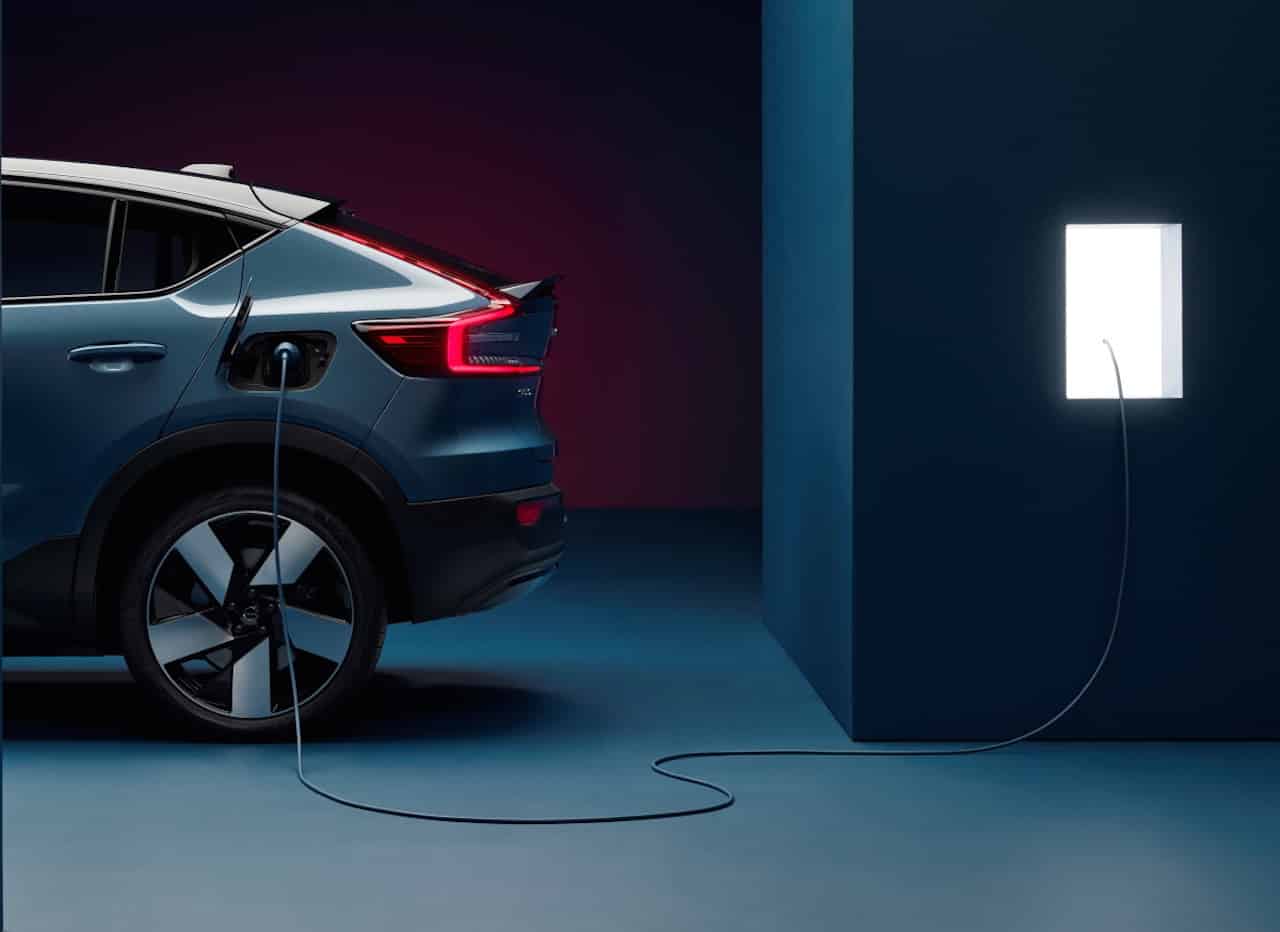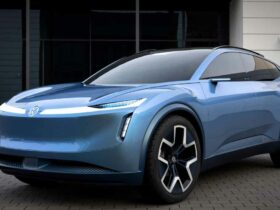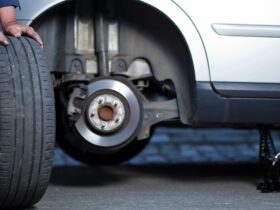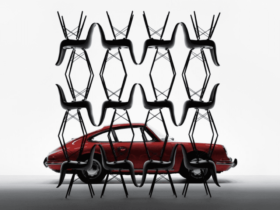Italy is late for the appointment with the current objectives for 2030. The march towards preparing our country for the great change required by the electrification of the automotive sector. It suffers a setback in 2022, compared to a growing 2021.
This is what the BEV – Italy Progress Index, the quarterly index created by Quintegia, tells us. The analysis takes into consideration three main components:
- the BEV (Battery Electric Vehicle) fleet,
- quarterly BEV (Battery Electric Vehicle) registrations
- electric recharging infrastructures, the latter assessed by diffusion and supply power.
The index, represented by a score between 0 and 100, indicates the percentage of achievement of gradual quarterly objectives. If respected, they will make it possible to reach the last available targets set for 2030 (PNIEC). In the second quarter the score was 46.8, compared to 46.1 in the previous three months and 56.3 in the last quarter of last year.
“This score is the result of multiple components interacting with each other. The effect of the incentives on registrations was not immediate but will be diluted over time due to product shortages and the consequent length of delivery times for new car orders. Waits that last even more than six months, to the point that the government itself took action with the extension on the incentives for communication relating to the registration of cars, which went from 180 to 270 days “- says Nicola Pasqualin, Researcher & EV Specialist di Quintegia – “Furthermore, inflation due to the current geopolitical situation and the strategic choices of the car manufacturers, combined with the enormous development costs incurred to electrify their range, have led to a sustained increase in the prices of cars. The index represents the reference point for observing and understanding the level of electrification of the Italian automotive market, with the aim of encouraging discussion and studying targeted solutions “.
Going into the details, it is clear that the numbers relating to registrations are not sufficient to keep up the necessary pace to achieve the current objectives for 2030. The BEVs currently in circulation on Italian roads are just under 150,000, 3.7% of those who the current goals they would like for 2030.
Italy is behind in the electrification process in the automotive sector
The incentives introduced in May on low-emission cars seem to be starting to take effect, with an increase in registrations compared to the first months of the year. While the funds for the 61-135 g / km range ran out already before mid-June, a very high availability remains for plug-in hybrids and fully electric cars.
In June, registrations of fully electric cars totaled 6,190, 11.9% less than in the same month of 2021. The result was in any case recovering from the -19.1% recorded in the first five months of 2022. Market share of BEVs (Battery Electric Vehicles) in June returned to be just under 5% of the total number of vehicles registered. Thanks to the incentives, the private channel is growing, responsible for 48% of BEV (Battery Electric Vehicle) registrations in the last 2 months, compared to 34% in the January-April period.
These results result in a drop in the score of the fleet item, a component that did not allow BEV-IPI to record significant growth in this quarter.
Positive notes for the infrastructure component. In the last 3 months, the growth of charging points on the motorway, although still very underpowered in number and distribution, has increased by 56%, with a total of 235 points installed. 1,363 public charging infrastructures installed in Italy from April to June, of which 13% are high-speed, therefore with a power exceeding 50kW.
















Leave a Reply
View Comments